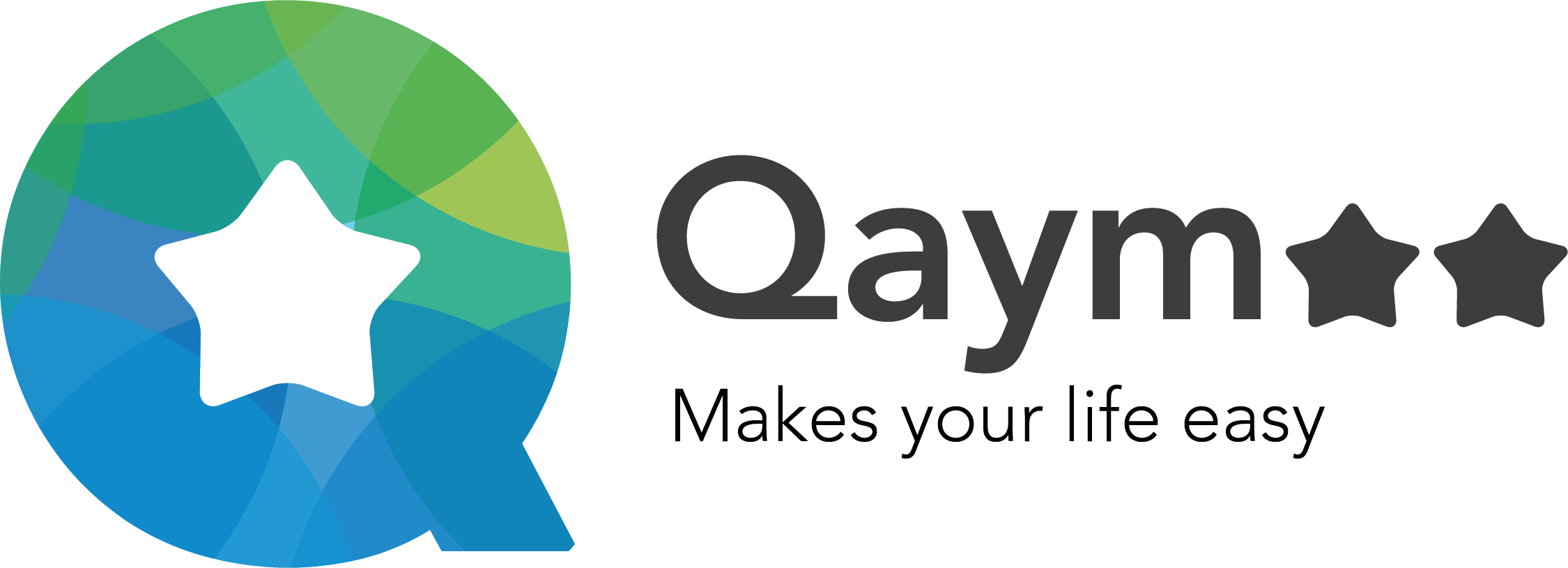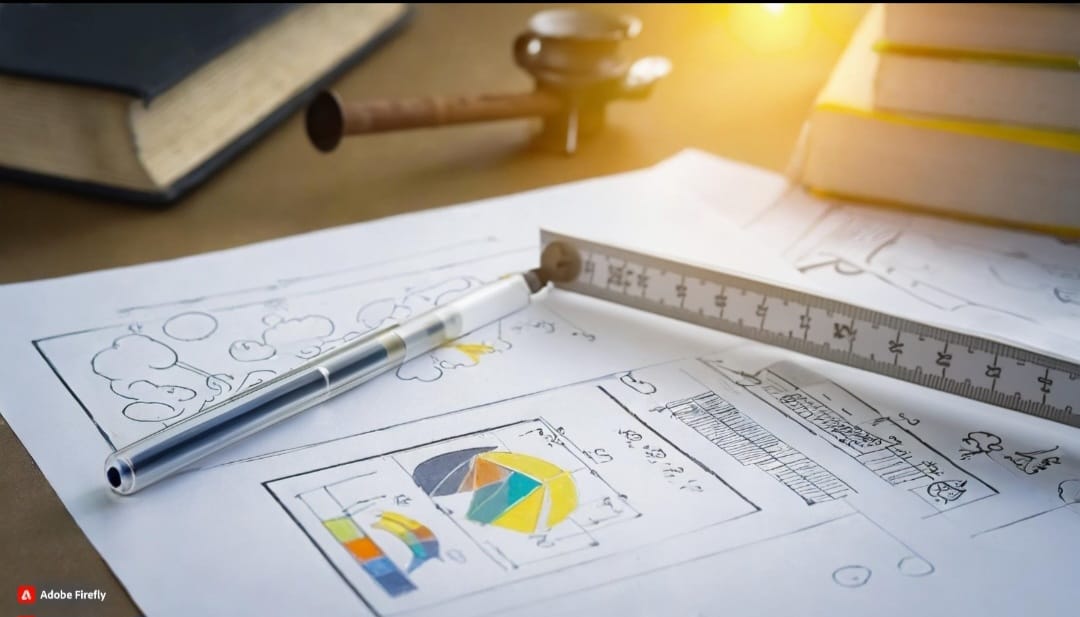The role of technology in the classroom has been a hot topic in recent years, with many educators and policymakers debating the benefits and drawbacks of using technology as a teaching tool. While some argue that technology can enhance learning and improve student outcomes, others worry that it can be a distraction and may even have negative effects on student achievement. Here are five points to consider when thinking about the role of technology in the classroom:
- Technology can provide access to a wealth of educational resources. The internet is a vast repository of information, and with the right tools, students can use it to access educational resources, conduct research, and learn new skills. In addition, educational software and apps can provide interactive, engaging ways for students to learn and practice concepts. This can be especially useful for students who may not have access to certain resources or experiences outside of the classroom.
- Technology can facilitate collaboration and communication. With the help of technology, students can work together on projects, share ideas, and communicate with their peers and teachers in real-time, regardless of location. This can be especially useful for students who may have difficulty participating in traditional classroom discussions or for classrooms that are spread out geographically. For example, students can use video conferencing tools to work on group projects or get feedback from their teachers.
- Technology can personalize learning. By using technology to track student progress, teachers can tailor their instruction to meet the needs of individual students. For example, adaptive learning software can adjust the difficulty of material based on a student's ability level, ensuring that they are challenged but not overwhelmed. This can be especially beneficial for students who may struggle with certain concepts or who learn at a faster or slower pace than their peers.
- Technology can be a distraction. While technology can be a valuable learning tool, it can also be a distraction for students. Social media, games, and other non-educational websites and apps can be tempting for students to access during class time, leading to a decrease in focus and productivity. To address this issue, teachers can implement strict policies on the use of technology in the classroom and monitor students' use of devices to ensure that they are being used for educational purposes.
- Technology is not a replacement for good teaching. While technology can be a helpful supplement to traditional teaching methods, it is not a substitute for good instruction. Teachers still play a crucial role in fostering critical thinking, problem-solving, and other important skills in their students. In fact, research has shown that the most effective use of technology in the classroom is when it is integrated with good teaching practices, rather than being used as a standalone tool.
As with any educational tool, it's important to consider the pros and cons of using technology in the classroom. What are your thoughts on the role of technology in education? Share your thoughts in the comments below.









